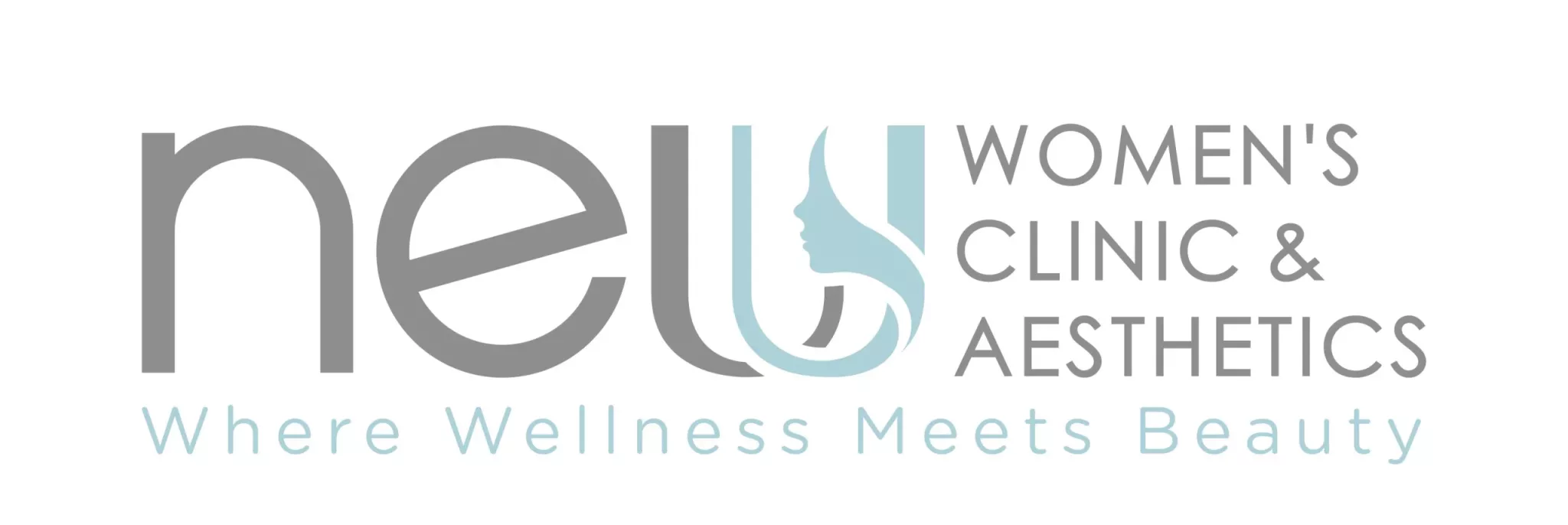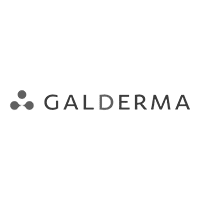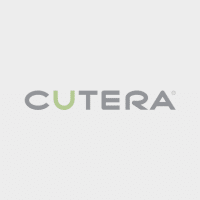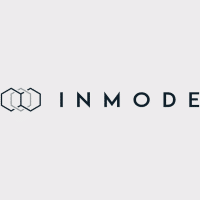
Presently, the healthcare landscape is undergoing a transformative shift. Medical practices, like ophthalmology, are no longer just about medical procedures and patient consultations. They are now multifaceted enterprises that require advanced management tools to ensure smooth operations, optimal patient care, and efficient business practices. This is where Customer Relationship Management (CRM) systems get in the picture.
Traditionally, CRM tools were associated with the corporate world, mainly focusing on sales and customer management. However, as healthcare has become more patient-centric, the line between ‘customers’ and ‘patients’ has blurred, and the importance of maintaining and nurturing these relationships has increased. The integration of CRM systems in the world of ophthalmology signifies this shift.
Yet, the true potential of a CRM is realized only when it is tailored to the specific needs of an individual practice. Customizing workflows within these systems allows for streamlined operations that match an ophthalmological practice’s unique rhythm and requirements. In the subsequent sections, we’ll delve deeper into the significance of customized workflows and how they can redefine operational efficiency and patient experience in ophthalmology practices.
CRM for Ophthalmology: An Overview
Customer Relationship Management (CRM) refers to organizations’ tools, technologies, and strategies to manage and analyze customer interactions throughout the purchasing cycle, with the primary aim being the improvement of business relationships, retention of customers, and driving sales growth. CRM transcends its conventional definitions and incorporates several healthcare-specific functionalities when applied to specialized fields like ophthalmology.
Moreover, CRM for Ophthalmology is tailored to meet the unique needs of eye care practitioners and their patients. Rather than focusing purely on sales, as might be the case in other industries, an ophthalmology-specific CRM focuses on optimizing patient management, communication, and care coordination.
Key Features and Benefits of CRM for Ophthalmology:
1. Patient Database Management: Central storage of patient information, including contact details, medical history, prescriptions, and appointment histories. This ensures that all relevant information is accessible and organized.
2. Appointment Scheduling & Reminders: CRM can automate scheduling appointments, sending patient reminders, and notifying practitioners of upcoming consultations.
3. Treatment Plans & Follow-ups: Post consultation, ophthalmologists can draft treatment plans stored in the CRM. Automated reminders for follow-up appointments or treatments can be set up to enhance patient compliance.
4. Educational Content Distribution: Patients must understand their situation for conditions like glaucoma or macular degeneration. CRMs can facilitate the distribution of educational materials directly to the patient.
5. Feedback & Satisfaction Surveys: CRMs can automatically send out feedback forms post-consultation, helping practices gauge patient satisfaction and areas of improvement.
6. Integration with Electronic Health Records (EHR): This allows for a seamless flow of medical data, ensuring the patient’s medical information is always up-to-date.
7. Customized Reporting: Ophthalmology practices can generate reports to analyze patient demographics, joint conditions, or even financial metrics.
Why Customize Workflows?
No two practices are identical. Each practice has its nuances, specialties, patient demographics, and challenges. By customizing workflows, ophthalmology practices can adjust the CRM processes to mimic the practice’s operational flow, eliminating redundant steps. Also, practices can provide a more personalized and seamless experience by tailoring CRM to specific patient needs. Finally, customizing workflows ensures the practice adheres to regulatory and standard procedures.
Steps to Customize Workflows in Ophthalmology CRM
1. Identify Practice Needs – Begin by mapping out your practice’s operations. Identify where the bottlenecks occur, which processes are redundant, and where automation can be beneficial.
2. Select an Adaptable CRM Platform – Not all CRM systems offer the same level of customization. Opt for a CRM known for its adaptability and flexibility to changes.
3. Design the Workflow – With feedback in hand, design the workflow. This could mean creating automatic reminders for patients with glaucoma to schedule visual field tests or automating the referral process for retinal specialists.
4. Test & Iterate – Before fully integrating a new workflow, test it out. Gather feedback and refine as needed. Continual iteration is the key to optimization.
5. Training – Ensure all staff members are adequately trained on the new workflows. This is vital to ensure smooth adoption and utilization.
Examples of Customized Workflows in Ophthalmology CRM
Patient Journey Workflow:
From the moment a patient books an appointment to post-operative care, design a workflow that provides reminders, education material, and follow-up notifications tailored to the specific needs of ophthalmology patients.
Billing & Insurance Workflow:
Customization can streamline checking insurance eligibility, submitting claims, and tracking reimbursements.
Inventory Management:
If your practice handles a large volume of eyewear prescriptions, customization can assist in tracking inventory, reorder levels, and patient notifications when orders are ready for pick-up.
Clinical Trials:
For practices involved in research, a tailored workflow can aid in patient recruitment, trial progress tracking, and reporting.
Embracing the Future with Customized CRM Workflows
Ophthalmology encompasses a holistic approach where administrative efficiency and patient relationships are paramount. CRM systems represent a pivotal intersection between technology and patient care, offering a foundation for practices to build their future. But, as with any foundation, it needs to be tailored to the structure it supports.
Furthermore, by customizing workflows in an Ophthalmology CRM, practices adapt to current demands while anticipating future challenges. The world of medicine is advancing rapidly, with new treatments, procedures, and patient expectations emerging constantly. A customized CRM workflow ensures that practices can be agile, adapting to these changes without upheaval.
While the tools and technologies we utilize will continue to evolve, the underlying principle remains the same: delivering the best possible care. By embracing the customization of CRM workflows, ophthalmology practices commit to efficiency, adaptability, and, most importantly, to their patients. As we move forward, it’s clear that the practices that recognize and act upon this commitment will be best positioned to thrive in the dynamic landscape of healthcare.
Experience our robust CRM systems at Growth99 to learn more about this mainstream digital solution! Book a free consultation today to get started!




























